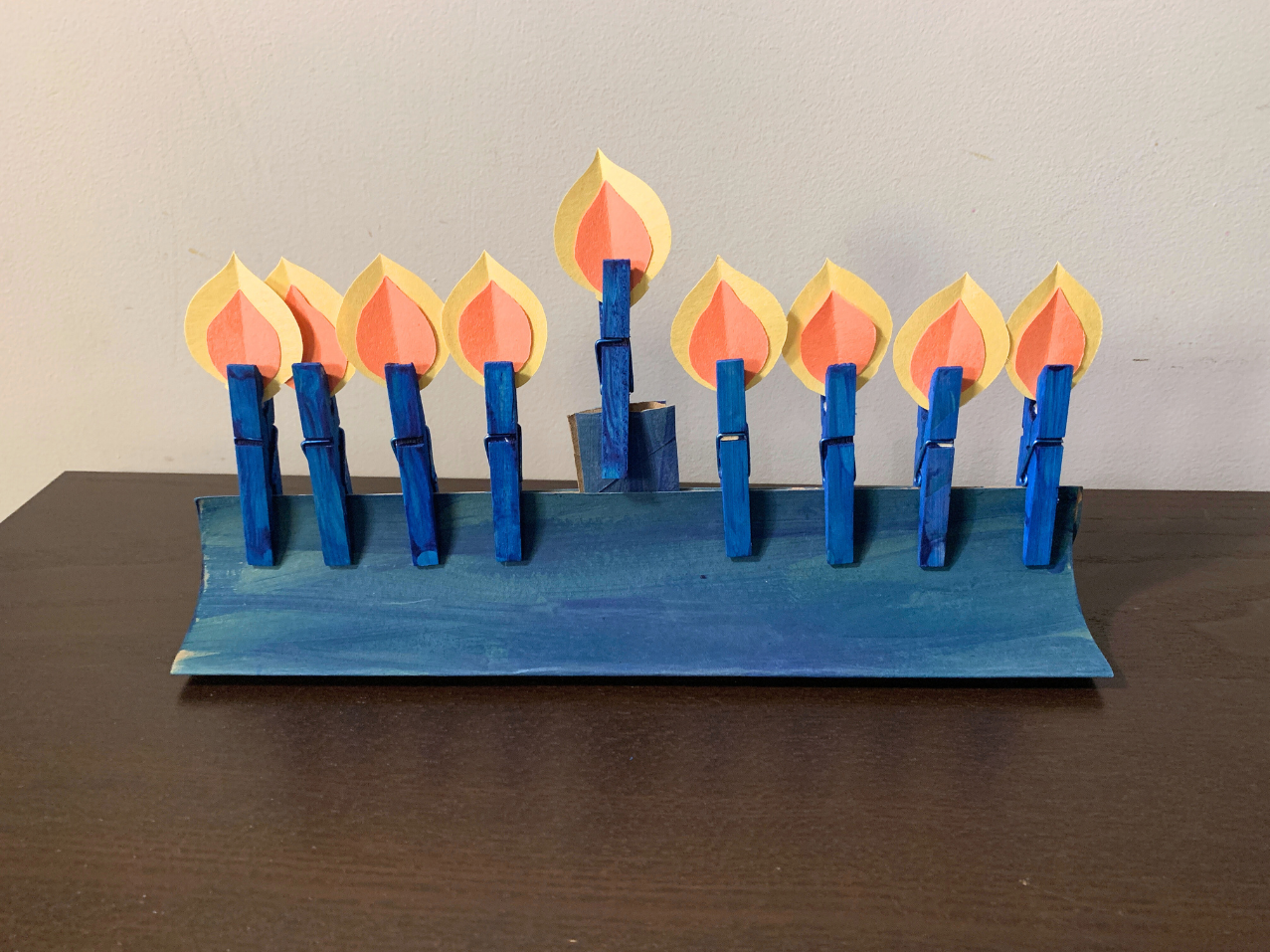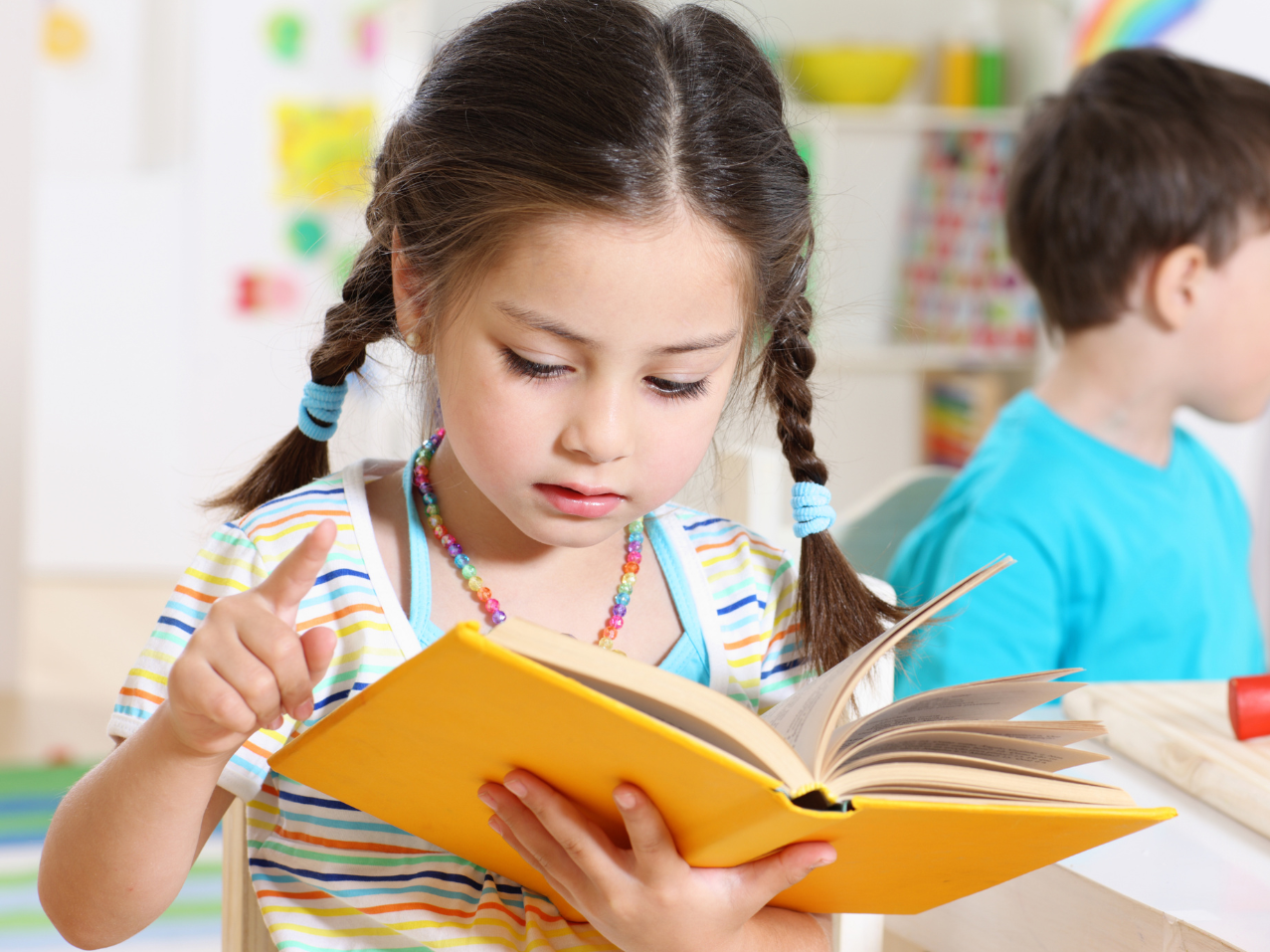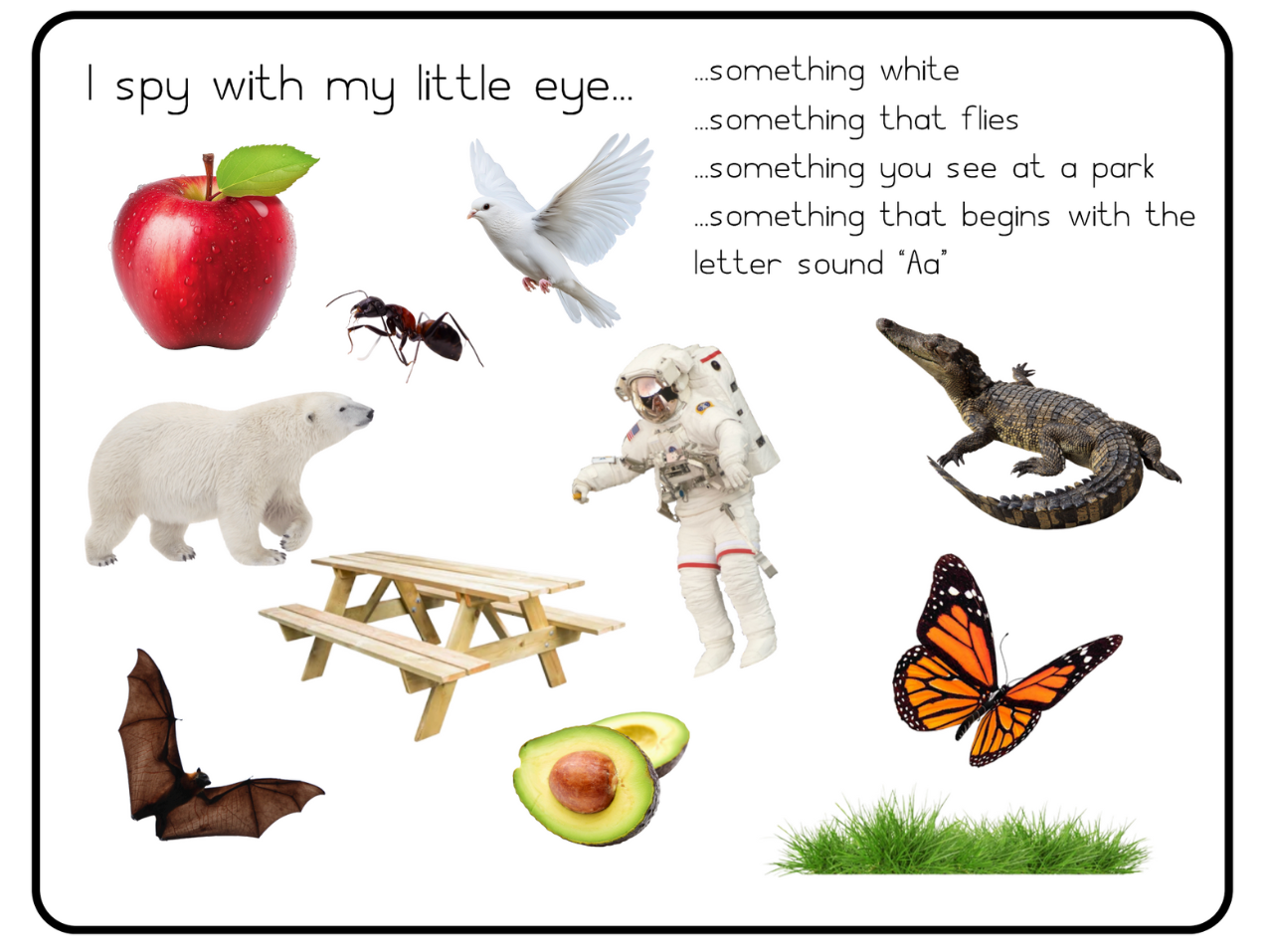Menu
-
-
Shop Holiday Items
-
Shop Gifts By Age
- Gifts For a 0-6 Month Old
- Gifts For A 6-12 Month Old
- Gifts For A One Year Old
- Gifts For A Two Year Old
- Gifts For A Three Year Old
- Gifts For A Four Year Old
- Gifts For A Five Year Old
- Gifts For A Six Year Old
- Gifts For A Seven Year Old
- Gifts For An Eight Year Old
- Gifts For A Nine Year Old
- Gifts For A Ten Year Old
-
Shop Gifts By Budget
- New Arrivals
-
Toys
- Large Active Toys
- Animal Toys
- Arts & Crafts
- Award-Winning Toys
- Bath Toys
- Birthday Wishlists
- Building Toys
- Cars, Trains, & Trucks
- Games
- Instruments
- Loose Parts Play
- Loot Bag Toys
- Made in Canada
- Outdoor Toys
- Pretend Play
- Puzzles
- Sensory And Fidget Toys
- Sensory Bin Tools & Fillers
- STEM Toys & Activities
- Toronto-Themed Gifts
- Travel Toys
- Wooden Toys
- Waiting Room Toys & Furniture
-
Montessori Materials
- Montessori At-Home Program
-
Montessori Furniture
-
Bundles & Sales
-
Books
-
Shop By Age
-
Shop By Brand
- Brands A-F
- Brands G-L
-
Brands M-R
- MagicPlaybook
- Magna Tiles
- Make Believe Ideas
- Makedo
- Manhattan Toys
- Math for Love
- Milaniwood
- MindWare
- Mojo Toys
- Moluk
- Moulin Roty
- Native Northwest
- nic
- Nienhuis
- Ooly
- Opinel
- Ostheimer
- Papoose
- Peaceable Kingdom
- Plan Toys
- Plus-Plus
- Preschool Collection Watches and Timers
- Ravensburger Puzzles
- Real Life Pages
- Brands S-Z
-
- 866-901-4696
- Gift Registry
- Login


3 Simple Sensory Bin Set Ups - Search and Match, Flowers, or Puzzles
3 min read
With the nice weather this weekend, I brought our Sensory Table outside. I've also made them in our outdoor sand/water table before.
If you don't have either of those, you can just make them in a big tupperware/storage container.
Search & Match Sensory Bin

Materials:
- Rainbow Rice
- Small Figurines
- Matching Nomenclature Cards
Adult Preparation:
- Add rainbow rice to the sensory bin.
- Hide figurines in the rice and place the Nomenclature Cards beside the sensory bin, i.e. create an invitation to play or leave them in a basket next to the sensory bin.
- Set it up in an area of the home where it’ll be easy to sweep up any fallen materials, i.e. no carpet.
Presentation: You can show your child how to explore the sensory bin or simply put it in an area accessible to your child and invite them to explore independently.

Notes:
- Your child may want to explore the rice with their hands and ignore the figurines entirely. They learn so much exploring with their hands so I would allow this, as long as you’re okay with a little mess.
- You can simplify this activity by eliminating the matching nomenclature cards, just use the figurines for them to discover and explore.
- Have some cleaning materials nearby, i.e. broom and dustpan to make clean up easier once their play is done.
- Enrich the child’s vocabulary by naming the figurines that they find.
Extensions:
Add small tools, i.e. scoops, small containers, etc. for some open exploration.
Spring Planting Sensory Bin

Materials:
- Black and Brown Legumes
- Flowers Toob
- Scoop
- Small Pots (optional)
Adult Preparation:
- Add legumes to sensory bin.
- Add Flowers figurines to the sensory bin, i.e. create an invitation to play, or leave them in a bowl next to the sensory bin.
- Once the sensory bin is ready, put it in an area of the home where it’ll be easy to sweep up any fallen materials, i.e. no carpet.
Presentation: You can show your child how to explore the sensory bin or simply put it in an area accessible to your child and invite them to explore independently.

Notes:
- The small pots are for the child to “plant” the flowers but they could simply plant the flowers into the sensory bin or you could use any small containers you have.
- Have some cleaning materials nearby, i.e. hand broom and dustpan to make clean up easier once their play is done.
Extensions:
- Add anything you think would be of interest to the child, i.e. Insects Toob, Jumbo Magnifying Glass, small gardening tools, etc.
- In the warmer months, take this activity outside. You could add dirt to the sensory bin or eliminate the bin and section off a small area of your garden for the child to explore.
Puzzle Sensory Bin

Materials:
- Rainbow Rice
- Puzzle
Adult Preparation:
- Add rainbow rice to sensory bin.
- Hide puzzle pieces in the sensory bin and place the puzzle board beside the bin.
- Set it up in an area of the home where it’ll be easy to sweep up any fallen materials, i.e. no carpet.
Presentation: You can show your child how to explore the sensory bin or simply put it in an area accessible to your child and invite them to explore independently.

Notes:
- Choose a puzzle the child is already familiar with. This is a great activity for getting more shelf life out of your puzzles.
- Have some cleaning materials nearby, i.e. broom and dustpan to make clean up easier once their play is done.
Extensions:
- If you have the space, do this activity with 2 puzzles to add more of a challenge. The child will work to figure out which pieces go with which board.
Join Our Montessori Community
Sign up to get weekly activities, free printables, Montessori parenting guidance, and so much more.
Plus, get $10 off your first order of $100+.
Like this article? Get new articles, weekly activities, free printables, Montessori parenting guidance, and so much more.
One mom recently shared:
"Your newsletter is always SO great. It is one of the few I open and read weekly. You provide so much value. Thank you!"


